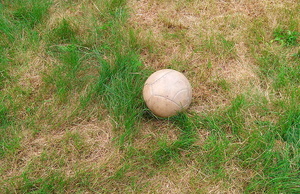
For most football fans there is no greater memory than that moment when they walked up the steps in the ground and saw the pitch in front of them like a beautiful green carpet.
The football pitch is as much a part of the match as the players, the ball and the goalposts, with the sight of sprinklers keeping the grass wet or groundskeepers lifting up divots with a pitchfork part of the match going ritual.
But what exactly is it that makes the perfect football pitch? Is there a certain type of grass that makes the hallowed turf so special? Is it all natural or is there something a little more manufactured about the ground that footballers play on?
Hopefully we’ll be able to answer these questions and more as we take a look at the type of grass used on professional football pitches.
Football Association Rules
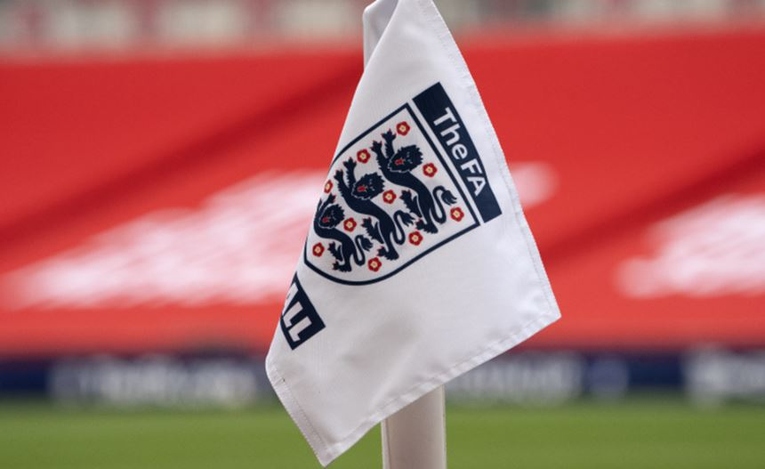
During this article we’ll be talking about the type of pitches used at the top of the game. That’s not because we’re dismissive of the notion of a load of lads using jumpers for goalposts and heading down to the park or of pubs getting a team together for a kickabout on Sunday afternoon. It’s just that in those instances you’re unlikely to be focussing on what the Football Association’s rules are for the type of turf that can be used in matches.
That’s right, Football Associations do have rules on the type of grass that is acceptable for use during professional games. One of the first rules, as obvious as it is, declares that the pitch must be green. This is because artificial turf can be used in places where the weather prohibits the use of natural grass, but we’ll come back to the specificities of that a little bit later.
The English FA’s rule book states, “The field of play must be wholly natural or, if competition rules permit, a wholly artificial playing surface except where competition rules permit an integrated combination of artificial and natural materials (hybrid system)”.
The rules go on to talk about international football and say, “Where artificial surfaces are used in competition matches between representative teams of national football associations affiliated to FIFA or international club competition matches, the surface must meet the requirements of the FIFA Quality Programme for Football Turf or the International Match Standard, unless special dispensation is given by The IFAB”.
In other words, it must be natural grass unless permission has been given for it be something else. Nowadays that ‘something else’ is becoming more and more common at the top end of the game. Natural grass isn’t the easiest thing in the world to maintain, especially with England’s ever-changing and difficult to predict weather. For that reason the top stadiums use a very specific blend of real grass with artificial components as permitted by the FA.
Artificial Turf
Desso Grassmaster
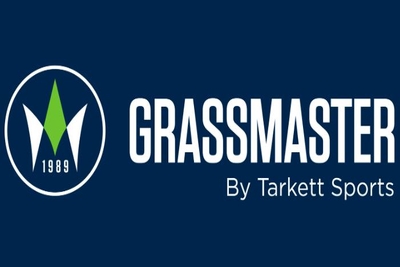 Described somewhat euphemistically as a ‘sports playing field surface’, Desso Grassmaster is arguably the most popular and common hybrid system available in the game today. It is made up of a mixture of natural grass and artificial fibres but it passes the FA’s rules regarding such a thing because of the amount of artificial grass fibres in play on any given pitch.
Described somewhat euphemistically as a ‘sports playing field surface’, Desso Grassmaster is arguably the most popular and common hybrid system available in the game today. It is made up of a mixture of natural grass and artificial fibres but it passes the FA’s rules regarding such a thing because of the amount of artificial grass fibres in play on any given pitch.
The fibres are injected into the turf twenty centimetres deep and only cover about 3% of the entire surface of the pitch. As the grass grows its roots intertwine with the artificial fibres and this anchors the field of play. The company that makes it claims that this allows for a solid, even structure of turf with better drainage than natural grass on its own and improved ‘playing comfort’.
Some of the best known stadiums that use Desso Grassmaster include Chelsea’s home ground Stamford Bridge, Everton’s Goodison Park, St. James’ Park in Newcastle, Arsenal’s Emirates Stadium, Anfield, Villa Park and Old Trafford in Manchester. Perhaps the most famous of all is Wembley Stadium and if it’s good enough for the FA’s flagship ground no wonder other clubs have been quick to introduce it.
3G Pitches
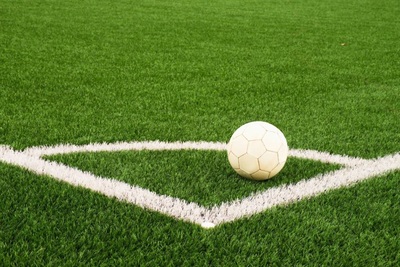 The other type of pitch that is common and you probably remember playing on as a kid is a 3G pitch. This used to be more commonly known as AstroTurf but has taken on the tag of ‘3G’ as it has developed over the years. In the past the turf was sprinkled with sand but nowadays it has a rubber crumb infill instead.
The other type of pitch that is common and you probably remember playing on as a kid is a 3G pitch. This used to be more commonly known as AstroTurf but has taken on the tag of ‘3G’ as it has developed over the years. In the past the turf was sprinkled with sand but nowadays it has a rubber crumb infill instead.
The rubber crumb mixture, which is made from recycled tyres, allows the surface to played on for around eighty hours every week. A significant improvement on the five hours total that natural grass can cope with before it will struggle to recover. Worryingly for the manufacturers, however, the rubber pellets have been linked with an increase in cancer in recent years. That is something that, at the time of writing, is still being investigated by the FA and FIFA.
Typically the 3G pitches are found in places where the weather makes the use of grass next to impossible. This could be because the area is very wet and the pitch deteriorates too quickly, or it might be that it’s too cold for grass to grow sufficiently. They are popular in the Scandinavian Peninsula and around a dozen teams in Scotland use variations on the 3G pitch theme.
Different Shades Of Grass
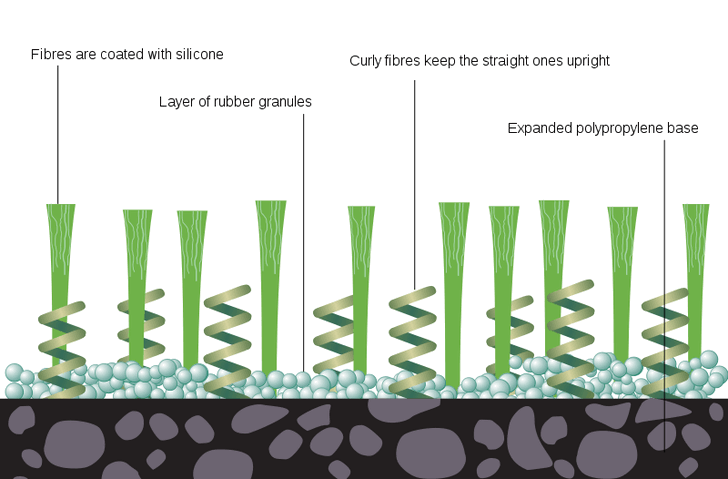
Have you ever noticed the amazing patterns on football pitches and wondered how they are achieved? We already know that the various Football Associations insist that grass is green, so you’d be correct in your assumption that the pattern isn’t dyed onto the pitch.
It’s actually a remarkably simple thing. Grass, it turns out, has a different texture on each side of the blade, with one side being matte and the other glossy. When groundskeepers cut the grass they can make the blades cut in either a clockwise or an anti-clockwise direction.
When they do this the grass lies with either its matte or glossy side up, thereby allowing for the different patterns.
Clever, hey?
